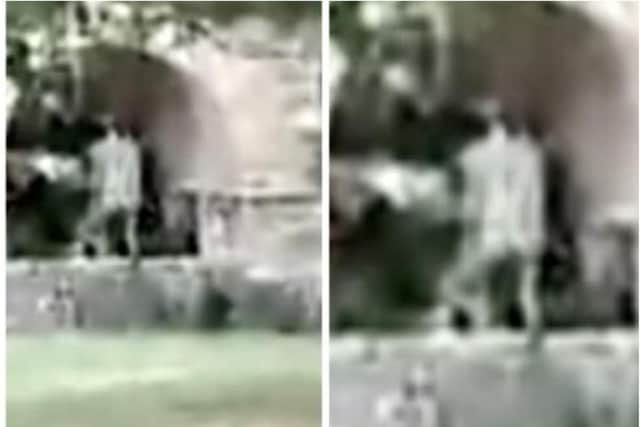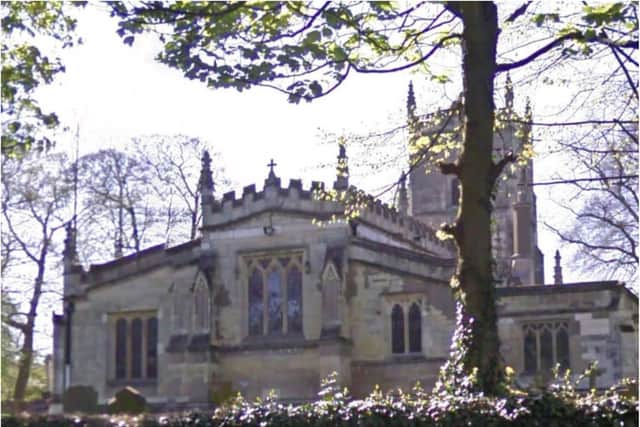'Naked man' ghostly figure is spotted in haunted Doncaster church yard
and live on Freeview channel 276
The strange image was caught on camera in broad daylight on Tuesday afternoon – and the husband and wife team who spotted the eerie figure say no one else was in St Wilfrid’s Church at Hickleton at the time.
Lee and Linzi Steer, who run the Ghosts of Britain paranormal investigation team, spotted the ghostly apparition during a live stream on Facebook.
Said Linzi: “We go all over the UK investigating hauntings.


Advertisement
Hide AdAdvertisement
Hide Ad“While we were live streaming our investigation, we captured this strange image – what seems to look like a naked man.
"No one else was in the graveyard at this time. Plus it was around 2.30pm.”
The Rotherham based pair had visited the church on Barnsley Road to investigate the building’s lychgate, which is adorned with three human skulls.
The skulls are set behind a grille above which are the words (in Latin and English) "Today for me, Tomorrow for thee".


Advertisement
Hide AdAdvertisement
Hide AdA local legend has arisen which suggests they are the skulls of three sheep rustlers, hanged at nearby High Melton, but it is more likely that they were obtained by Lord Halifax, the former owner of nearby Hickleton Hall, to serve as a ‘memento mori’ – an artistic or symbolic reminder of the inevitability of death.
The two outer ones are genuine, both having had the crowns removed surgically and replaced using some form of adhesive, and the centre one is a stone – possibly marble – replica.
The Grade I listed church dates back to 1150.